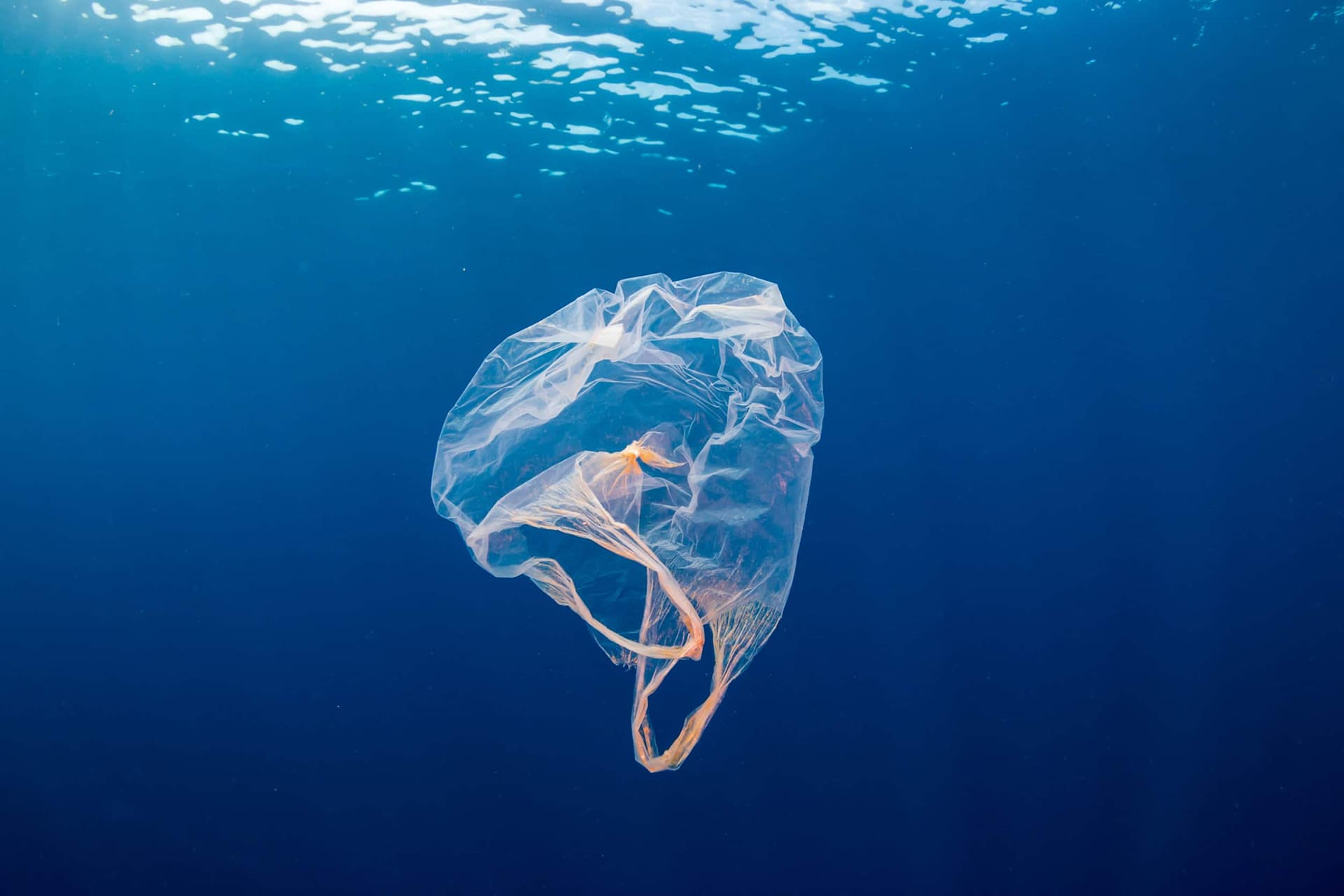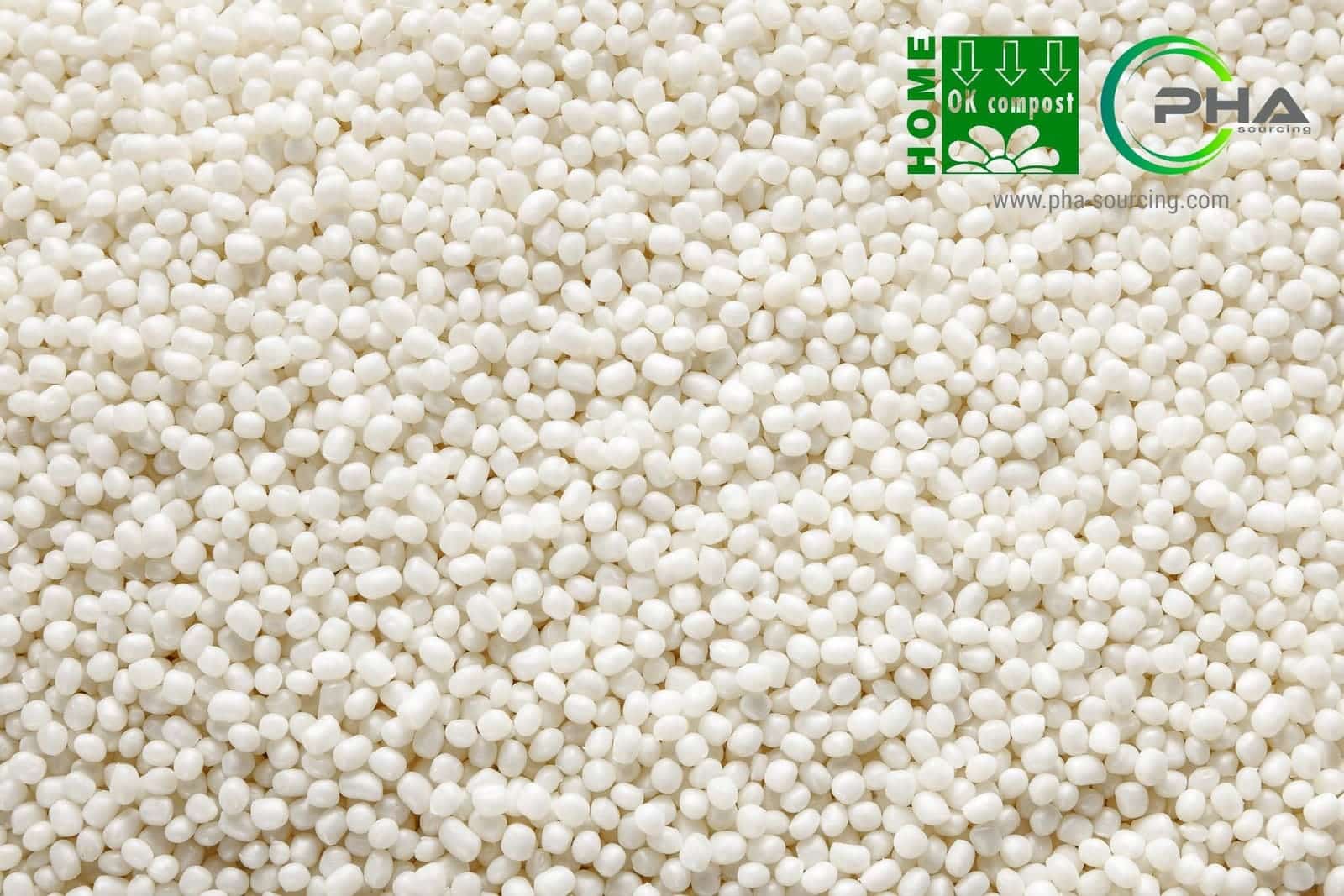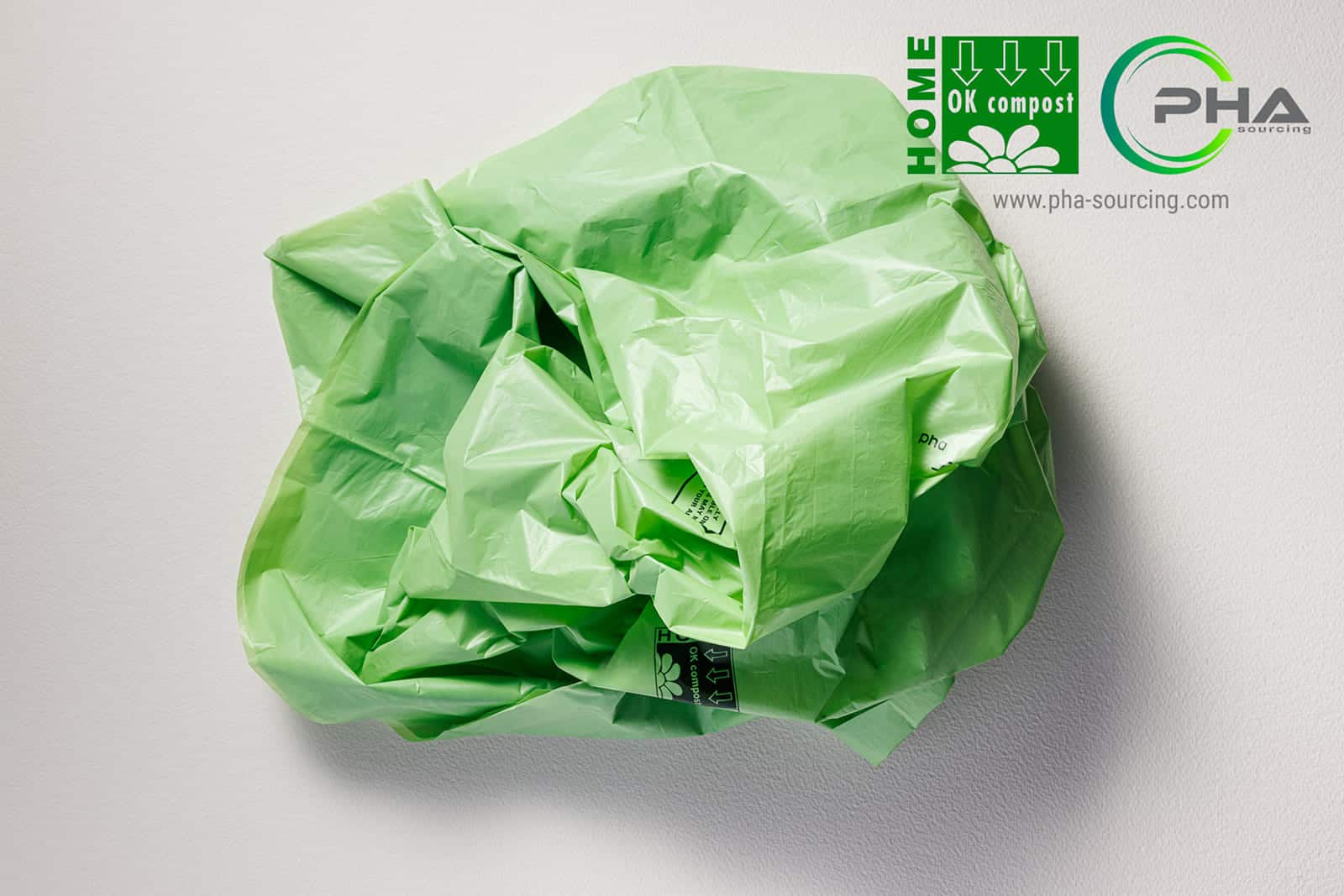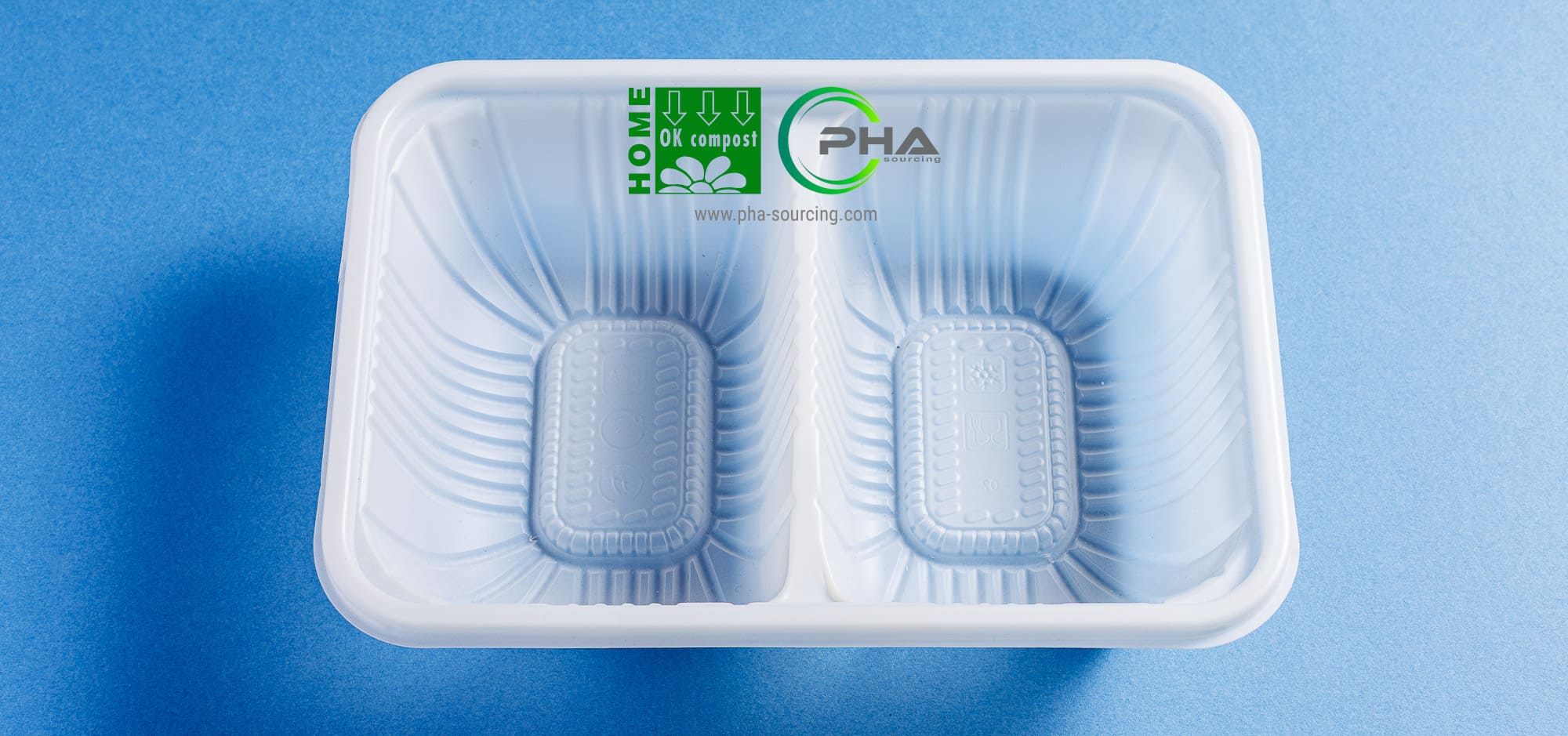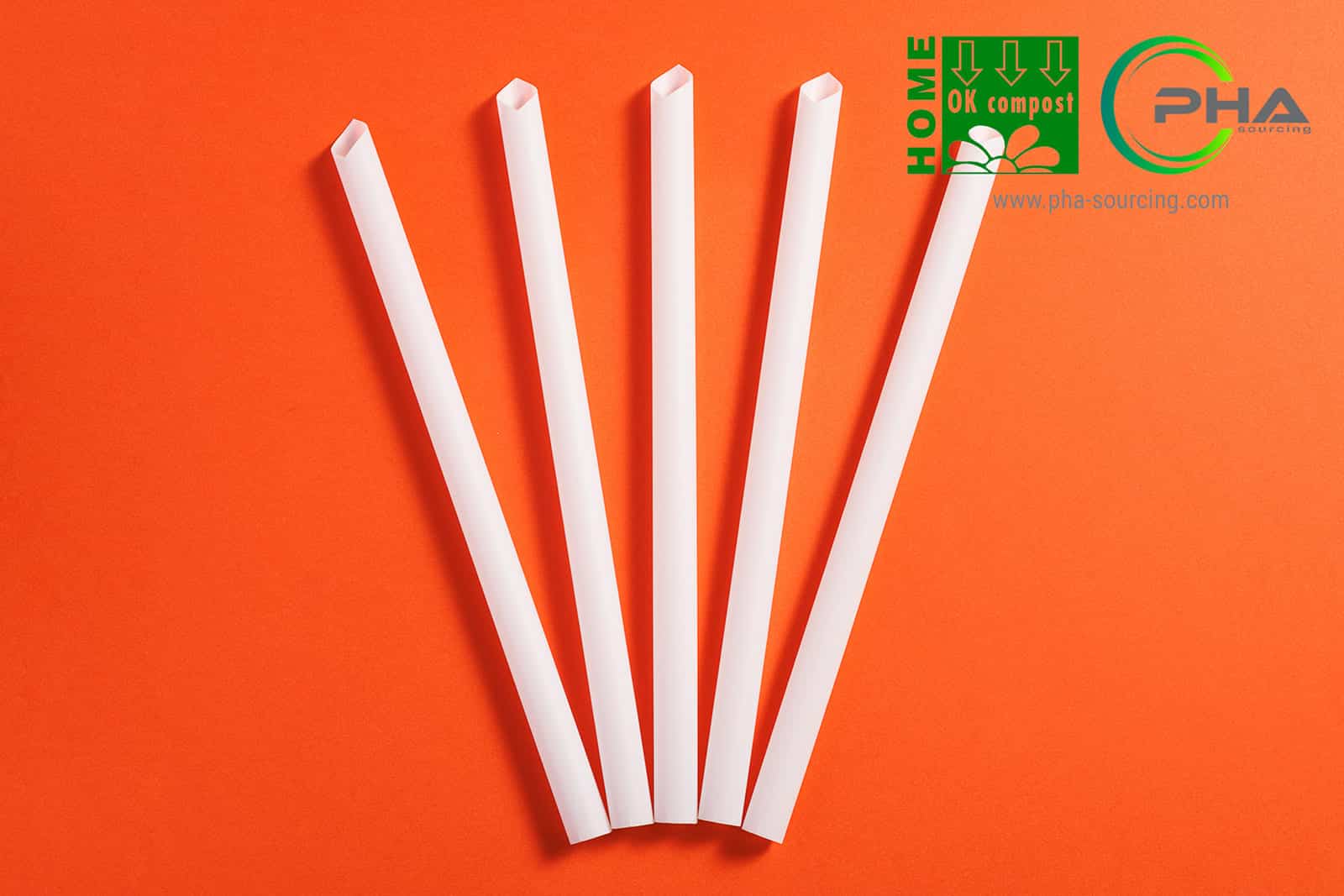In a major breakthrough for sustainable packaging, researchers at the Riken Center for Emergent Matter Science (CEMS) in Japan have developed a new plastic that naturally decomposes in seawater. The innovation, which could help reduce marine pollution, provides a biodegradable alternative without sacrificing strength or versatility. Unlike existing biodegradable plastics like polylactic acid (PLA), this new material is specifically designed to break down in ocean environments.
How the New Plastic Works
Developed through the use of supramolecular polymers, this novel plastic is held together by reversible molecular interactions. The researchers discovered that by cross-linking two ionic monomers — sodium hexametaphosphate and guanidinium ion-based monomers — the material remains strong in everyday applications but rapidly dissolves when exposed to salt water.
“The reaction to construct supramolecular polymers is reversible, which traditionally makes them unstable,” explains lead researcher Takuzo Aida. “However, our process enhances mechanical properties while ensuring the material breaks down naturally in the ocean.”
PLA vs. PHA: Different Approaches to Biodegradability
While many biodegradable plastics, such as polylactic acid (PLA), have been widely adopted, they often fail to degrade in marine environments due to their water-insoluble nature. PLA-based plastics tend to fragment into microplastics rather than fully breaking down, posing a risk to marine ecosystems.
By contrast, polyhydroxyalkanoates (PHA) have long been recognized as one of the most promising alternatives due to their natural biodegradability in both soil and aquatic environments. Unlike PLA, which typically requires industrial composting conditions, PHA degrades efficiently in seawater and freshwater ecosystems, making it an ideal solution for addressing plastic pollution.
Applications and Future Potential
The newly developed ocean-degradable plastic offers numerous possibilities across different industries:
- Packaging: This material could be used in food and beverage packaging, replacing conventional plastics that contribute to marine waste.
- Medical and Healthcare: Its non-toxic, non-flammable, and recyclable properties make it a strong candidate for medical applications.
- 3D Printing: The material’s ability to be reshaped at temperatures above 120°C expands its use in additive manufacturing.
Recyclability and Environmental Benefits
In addition to its marine degradability, the plastic is fully recyclable. Researchers were able to recover 91% of the hexametaphosphate and 82% of the guanidinium monomer in powder form after dissolving the material in salt water. Furthermore, when tested in soil environments, sheets of the material degraded completely within ten days, enriching the soil with phosphorus and nitrogen—acting similarly to a natural fertilizer.
Broader Implications for Sustainable Plastics
While this new plastic represents an exciting innovation, it also underscores the importance of diversifying the raw materials used in bioplastics. Researchers and industry leaders continue to explore sustainable feedstocks, including renewable raw materials like agricultural waste and plant-based oils. The rise of ocean-degradable materials could complement other biodegradable solutions such as PHA, leading to a more comprehensive strategy for tackling plastic waste.
As industries transition to sustainable alternatives, solutions like this new supramolecular plastic and PHA-based materials will play a crucial role in reducing environmental impact while maintaining the performance required for packaging and industrial applications.
